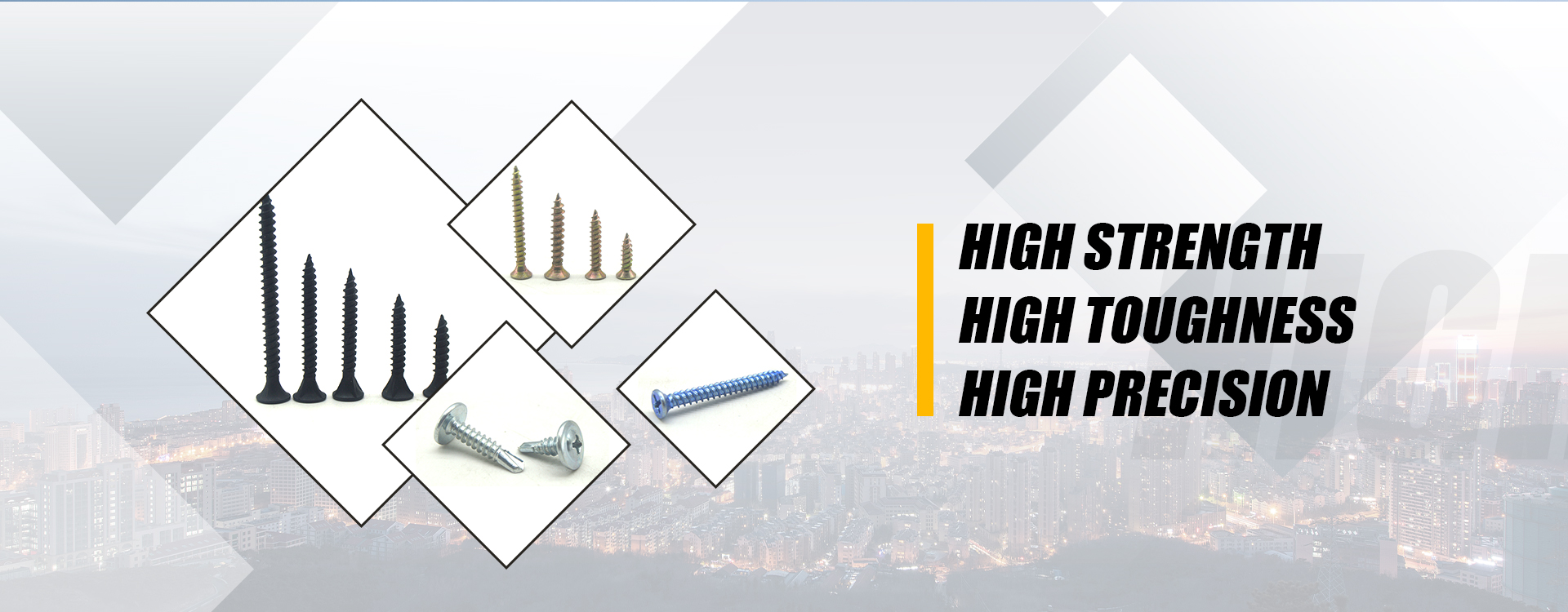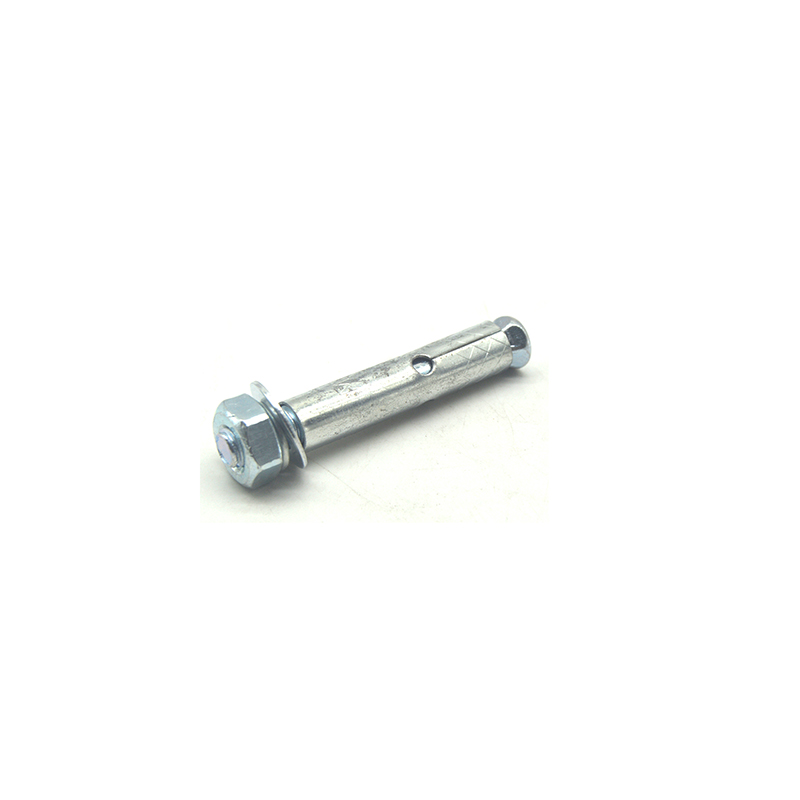- English
- Chinese
- French
- German
- Portuguese
- Spanish
- Russian
- Japanese
- Korean
- Arabic
- Irish
- Greek
- Turkish
- Italian
- Danish
- Romanian
- Indonesian
- Czech
- Afrikaans
- Swedish
- Polish
- Basque
- Catalan
- Esperanto
- Hindi
- Lao
- Albanian
- Amharic
- Armenian
- Azerbaijani
- Belarusian
- Bengali
- Bosnian
- Bulgarian
- Cebuano
- Chichewa
- Corsican
- Croatian
- Dutch
- Estonian
- Filipino
- Finnish
- Frisian
- Galician
- Georgian
- Gujarati
- Haitian
- Hausa
- Hawaiian
- Hebrew
- Hmong
- Hungarian
- Icelandic
- Igbo
- Javanese
- Kannada
- Kazakh
- Khmer
- Kurdish
- Kyrgyz
- Latin
- Latvian
- Lithuanian
- Luxembou..
- Macedonian
- Malagasy
- Malay
- Malayalam
- Maltese
- Maori
- Marathi
- Mongolian
- Burmese
- Nepali
- Norwegian
- Pashto
- Persian
- Punjabi
- Serbian
- Sesotho
- Sinhala
- Slovak
- Slovenian
- Samoan
- Scots Gaelic
- Shona
- Sindhi
- Sundanese
- Swahili
- Tajik
- Tamil
- Telugu
- Thai
- Ukrainian
- Urdu
- Uzbek
- Vietnamese
- Welsh
- Xhosa
- Yiddish
- Yoruba
- Zulu
- Kinyarwanda
- Tatar
- Oriya
- Turkmen
- Uyghur

is-taabacaadda birta ayay alwaax ku xirtaa
Qallafsanaanta Isticmaalka Istaagidda Istaabashada Qoryaha ilaa Birta
La shaqaynta boolal is-taabashada Ku biirista alwaax iyo birta waxay u ekaan kartaa mid toos ah, hase yeeshee waxay ka kooban tahay nuances kuwaas oo kaliya isku muujiya khibrad gacan-ku-tashi ah. Kani waa qoob ka ciyaar u dhexeeya agab leh sifooyin aad u kala duwan, waxaanan bartay in aanay fur kastaa ku habboonayn tillaabo kasta.
Fahamka Aasaaska
Dunida xirmooyinka, waxaa jira soo jiidasho kala duwan oo ku saabsan bilayska is-taajinta - waxay gooyaan dunta iyaga u gaar ah marka loo kaxeeyo alaabta. Laakin isku xidhka alwaax iyo birta waxay u baahan tahay wax ka badan dunta fudud. Waxay ku saabsan tahay is-waafajinta noocyada biraha iyo hawsha, qiimeynta baahiyaha culeyska, iyo tixgelinta dhumucda alaabta.
Qaado daqiiqad si aad uga fikirto: fur si fudud u gala alwaax ayaa laga yaabaa in uu la halgamo birta. Halkan, faraqa ayaa inta badan ku jira naqshadda caarada caarada iyo qaabka dunta. Tusaale ahaan, boolal biraha ah waxay badanaa leeyihiin caarad fiiqan iyo dun fiiqan. Tan waxaan bartay markii hore, waxaan isticmaalay biro alwaax ah anigoo rajeynaya inay biraha ka daloolin doonto; natiijadu waxay ahayd mid aan la saadaalin karin.
Handan Shengtong Fastener Manufacturing Co., LTD, oo ku taal Gobolka Hebei, waxa ay ka kooban tahay saldhigan aqoonta, iyada oo soo saarta boolal la xidhiidha oo si gaar ah u fuliya hawlahan. Haddii aad shaki ku jirto, hubinta boggooda waxay ku siin kartaa fikrado muhiim ah: Xidhayaasha Shengtong.
Doorashada Daaqadda Saxda ah
Doorashadaadu waxay ku xidhan tahay codsiga - xaalado kala duwan waxay u baahan yihiin sifooyin gaar ah. Codsiyada waajibaadka culus, fur adag oo leh dun aan dhab ahayn waa qasab. Si kastaba ha ahaatee, tani waa bilow uun.
Waxaan xasuustaa ka shaqaynta sidii loox alwaax ah u ilaalin lahaa birta. Doorashadii hore ee boolal aan kor u qaadin, iyadoo xooga saaraysa muhiimada ay leedahay xulashada boolal leh shukulaato la xoojiyay. Halkan, saxnaanta wax-soo-saarka laga helay ilo la aamini karo ayaa sameeyay farqiga oo dhan. Shirkadaha sida Handan Shengtong waxay xaqiijiyaan wax-bixinadooda inay u hoggaansamaan heerarkan baahida badan.
Ka dibna waxaa jira dhererka. Muraayado dhaadheer kaliya ma qaniinaan maaddooyinka laakiin waxay bixiyaan xasillooni wanaagsan. Hase yeeshee, aad u dheer waxayna halis ugu jiraan inay si khatar ah u soo baxaan. Had iyo jeer waxay ku saabsan tahay helitaanka dheelitirkaas.
Caqabadaha la taaban karo
Ma jiro aragti ka soo horjeedda arrimaha dhabta ah ee dunida ka jira ee khaldan iyo simbiriirixashada. Markaad alwaax ku biirto birta, toosinta furku wuxuu noqonayaa mid muhiim ah. Qalafsanaantu kaliya ma saamayso sharafta qaabdhismeedkeeda balse waxay burburin kartaa walxaha.
Waayo-aragnimada, laga bilaabo dalool duuliye inta badan waxay yaraynaysaa khatarahaas. Marka alwaaxdu si lama filaan ah u kala dillaacdo, badanaa waa maqnaanshaha dalool noocaas ah oo khalad ah. Waxay u shaqaysaa sidii hage, iyada oo ka dhigaysa habsocodka mid fudud oo hubinaysa isku toosintaas muhiimka ah.
Si kastaba ha ahaatee, hubi in daloolka duuliyuhu aanu aad u ballaadhanayn. Waa in ay hagto furka, ee maaha in ay dabciso. Fiiro gaar ah oo ku saabsan faahfaahinta waxay ku fidsan tahay marxaladda diyaarinta - Waxaan bartay inaan laba-laab-hubiyo qalabkayga, anigoo hubinaya in jeexjeexyada laydhka ay ku habboon yihiin cabbirka furaha.
Farshaxanka Fine ee Rakibaadda
Ma aha oo kaliya ku saabsan wadida biraha laakiin sida ay ula shaqeyso alaabta. Daloolin koronto wuxuu bixiyaa xawaare - haddana koontaroolku wuxuu ku fiicnaan karaa kaashawiito gacanta, gaar ahaan alwaax jilicsan.
Waxaan mar ku degdegay shaqo layliska la dhigay meel sare. Natiijadu? Muraayado aad loo adkeeyay ayaa horseeday wejiyada alwaaxyada oo waxyeeloobay. Waa waqtiyo kuwan oo kale ah marka ganaaxa madoobaadku xoog yeesho.
Bixinta Handan Shengtong waxay inta badan la socotaa talooyinka habaynta qulqulka. Kuwan soo socda waxay badbaadin karaan wakhtiga iyo alaabta labadaba, hubinta dhammays sugan oo nadiif ah.
Wax ka Barashada Guul-darrooyinka
Guuldarradu waa macalinka ugu fiican xagga dhismaha. Dabool kasta oo dillaacsan ama dusha sare ee dillaacsan wuxuu bixiyaa fursad lagu sifeeyo farsamada. Malaha, waxay marag u tahay dabeecadda firfircoon ee ka shaqaynta agabka.
Ka fiirso kala duwanaanshaha noocyada alwaax. Dunta jilicsan ayaa si ka duwan u qabata alwaax adag. Waa tafaasiishan halka fahamka sayniska maadiga ahi ay isku xidhaan codsi xidhidhiye la taaban karo.
Ugu dambeyntii, doorashada iyo codsiga boolal is-taabashada waxay ku lug leedahay isu dheellitirka tixgalintan dhinacyo badan leh - hawshan oo ay si fiican u taageerayaan soo saarayaasha la isku halayn karo sida Handan Shengtong. Booqo boggooda si aad u sahamiso alaabooyinka ku habboon caqabadahan gaarka ah: Xidhayaasha Shengtong.
la xidhiidha alaabta
Alaabooyinka la xidhiidha
Iibinta ugu fiican alaabta
Alaabta iibka ugu fiican-
 Madaxa digsi is-taabashada
Madaxa digsi is-taabashada -
 Madaxa digsiga is-qodista
Madaxa digsiga is-qodista -
 Xariiq toosan oo xadhig laga jaray
Xariiq toosan oo xadhig laga jaray -
 Usha cad Bolt
Usha cad Bolt -
 lowska daboolka ah ee hal gabal ah
lowska daboolka ah ee hal gabal ah -
 Hex Socket Head Cap Screw
Hex Socket Head Cap Screw -
 Usha madow Bolt
Usha madow Bolt -
 Balaadhinta caagga ah ee tuubada cawl
Balaadhinta caagga ah ee tuubada cawl -
 Madaxa Truss is-qodista
Madaxa Truss is-qodista -
 Boolal ballaarinta midabka leh godad
Boolal ballaarinta midabka leh godad -
 Flange Cad Bolt
Flange Cad Bolt -
 Boolal balaarin cad oo godad leh
Boolal balaarin cad oo godad leh
la xidhiidha raadi
Raadinta la xidhiidha- istaping boolal Ace hardware
- birta isku-taagaya ee 1 4 bir dhumuc weyn leh
- Madaxa digsiga is-qodista
- nalalka is-taabadeynta ee taarigga
- 5 16 x 3 4 boolal is-taabad ah
- madaxa digsiga birta ah ee madaxa birta is-taabista
- 16 boolal is-taabad ah
- boolal is-taabashada ee pvc
- 1 5 8 boolal is-taajinta
- 1 1 4 oo ku jira boolal qallalan







